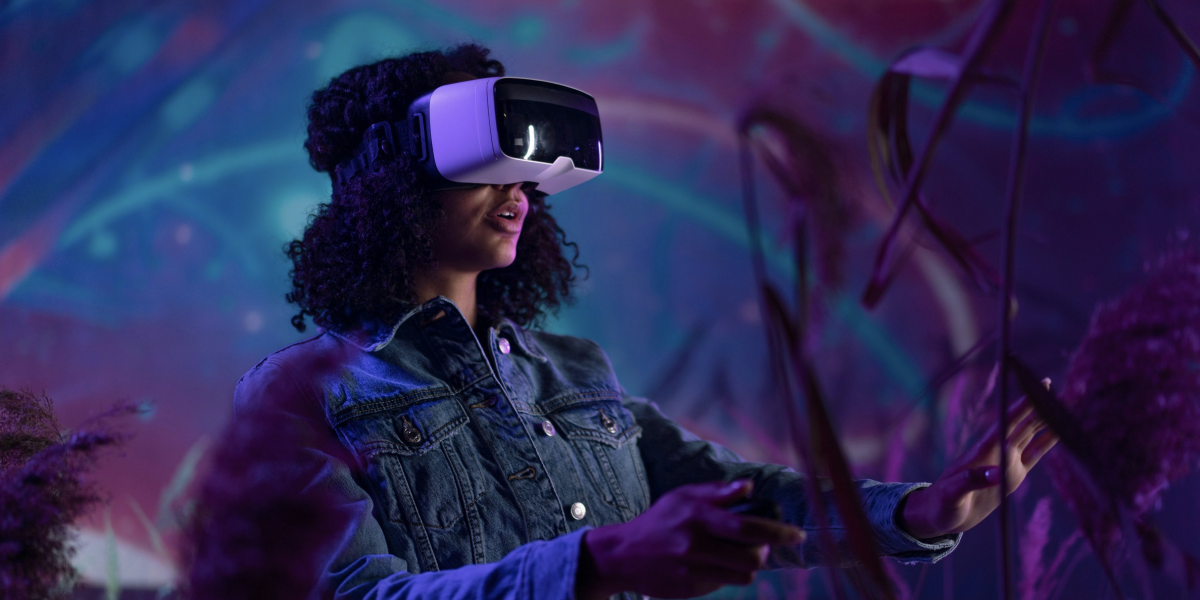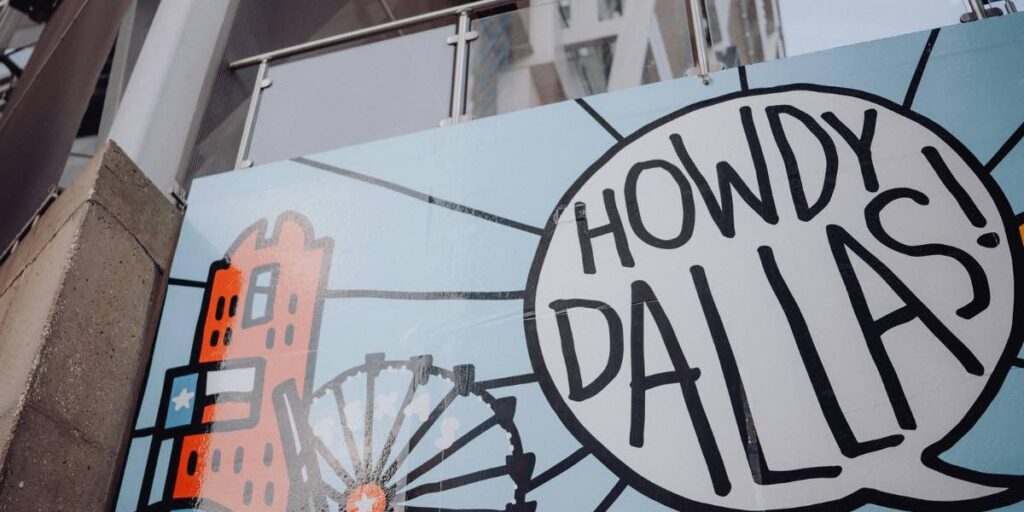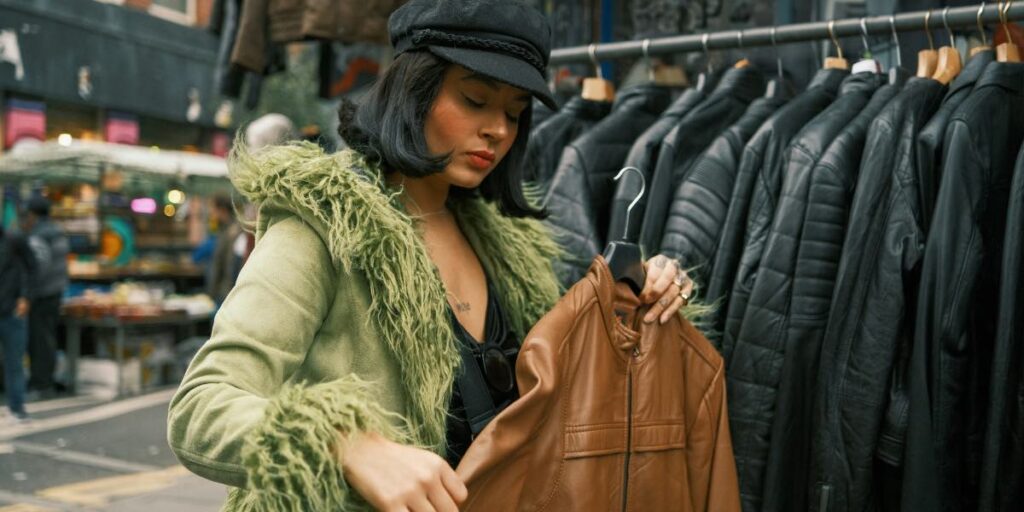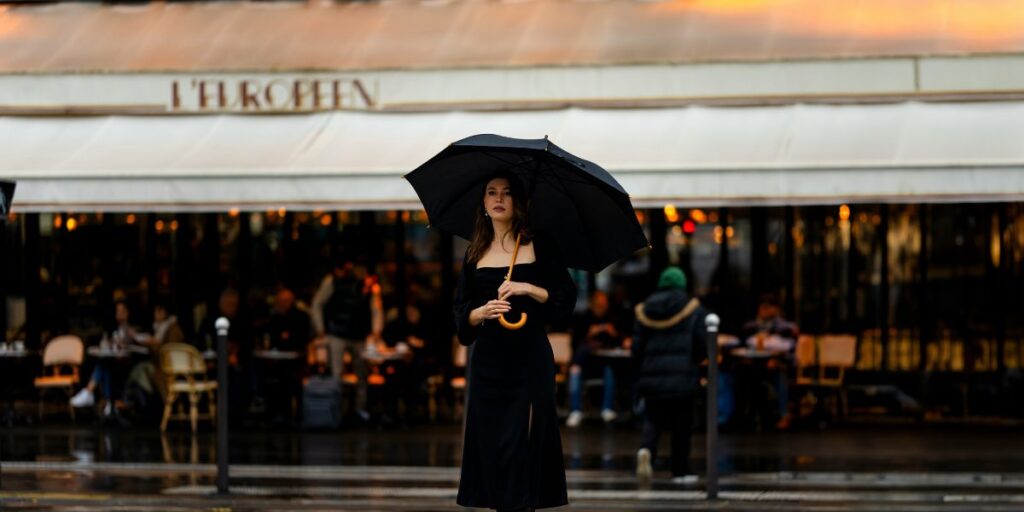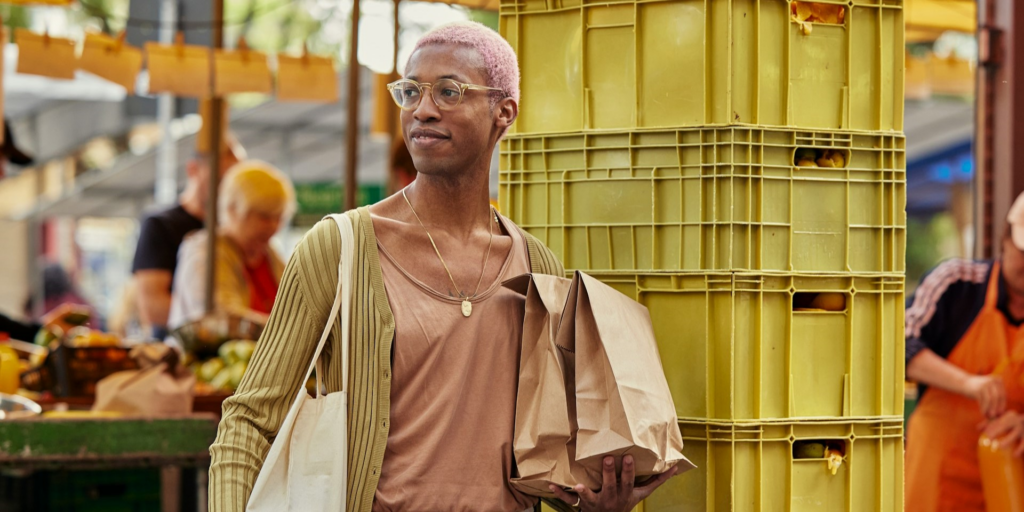What’s Changing in the Dallas Art Scene?
Dallas has long been recognized for its vibrant cultural landscape, showcasing a diverse array of art and design. Recently, the city has started to explore an intriguing development in the art world: augmented reality (AR). This technology, which merges the physical environment with digital elements, is gradually reshaping the way art exhibitions are experienced. For both art enthusiasts and casual visitors, this transition offers new and engaging ways to appreciate artistic expression.
How Is Augmented Reality Transforming Exhibitions?
Traditionally, visitors to galleries and museums interacted with physical artworks primarily through observation. The experience often involved viewing pieces from a distance or reading informative plaques. However, the inclusion of augmented reality in exhibitions introduces a new dimension to this experience. Using mobile devices or specialized equipment, visitors can engage with artwork in real-time, discovering additional layers of meaning or even experiencing pieces in unique ways.
This evolving method allows artists to create dynamic art that can change based on viewer interaction. Instead of static displays, artworks may feature interactive elements like shifting colors or movements that become apparent only when viewed through an augmented lens. By blending digital components with traditional mediums, this approach adds depth to the artwork and invites visitors to engage in ways that may not have been possible before.
Why Are Artists Embracing Augmented Reality?
Artists in Dallas are increasingly intrigued by augmented reality as a means to broaden their creative horizons. The technology enables artists to extend their creations beyond the confines of physical materials, opening up a realm of new possibilities. AR can enhance the viewer’s experience by providing interactive opportunities, allowing audiences to engage with the artwork in more meaningful ways. This interactivity can foster a deeper connection between the viewer and the piece, encouraging a more active and participatory approach.
Moreover, AR allows for the incorporation of interactive storytelling and exploration of themes that may not be readily apparent in traditional art forms. It’s not solely about making art more visually appealing; it’s also about utilizing technology to convey concepts in innovative and multifaceted ways that can challenge conventional boundaries of art creation and reception.
What Are the Benefits of Augmented Reality in Art Exhibitions?
One notable advantage of incorporating augmented reality into art exhibitions is the increased interactivity it promotes. Viewers transition from passive observers to active participants in the art experience. The traditional limits of the gallery space can expand, allowing artworks to shift and evolve as viewers interact with them. AR can reveal hidden layers or provide new perspectives that might not be immediately visible from a distance.
Additionally, AR has the potential to make art more accessible and engaging for a wider audience. For those who may lack extensive background knowledge in art, augmented reality can simplify abstract or complex concepts. Interactive features or visual cues can provide context, making the artwork more relatable and approachable. This democratization of art experiences helps lower barriers for individuals who might feel intimidated by conventional art presentations.
Another benefit is how AR can introduce fresh creative possibilities, enabling artists to explore forms of expression that were previously unattainable. With AR, artists are not confined by the physical limitations of their materials or the confines of gallery sizes. This technology offers a platform for experimentation, which can lead to an evolution of the exhibition format itself.
What Role Do Dallas Museums and Galleries Play in This Shift?
Dallas’s museums and galleries are significantly contributing to the growing adoption of augmented reality in the art world. These institutions are experimenting with technology, collaborating with artists and experts to create unique interactive experiences for visitors. For example, the Dallas Museum of Art (DMA) has begun incorporating AR technology into exhibitions, enriching the visitor experience.
By integrating AR, these venues are showcasing art in new ways and illustrating how technology can enhance and complement art. Rather than replacing traditional forms of expression, augmented reality acts as an additional layer that enriches the overall artistic narrative. This integration helps position Dallas as a culturally progressive hub, situated at the intersection of innovation and tradition.
Smaller galleries and local spaces are also exploring augmented reality to engage their audiences. These venues often adopt a more experimental approach, creating intimate, hands-on experiences that encourage dynamic engagement with the art. The fusion of technology and traditional mediums in these spaces fosters an environment where creativity can thrive and take unexpected forms.
Can AR Art Attract New Audiences?
Augmented reality holds promise for attracting a broader and more diverse audience to the art scene. By combining art with interactive technology, exhibitions can appeal to those who might not typically seek out gallery or museum experiences. For younger generations, particularly those accustomed to engaging with technology regularly, AR presents an exciting and novel way to experience art. Augmented reality can bridge traditional art forms and the digital landscape they already navigate.
Additionally, AR may engage individuals who have previously felt disconnected from the art world. For those unfamiliar with art terminology or who feel alienated by high culture, AR can help reduce those barriers, providing an inviting entry point into the art world. This technology offers a familiar and engaging way for new viewers to explore and enjoy exhibitions.
What Challenges Are Associated With Using AR in Art Exhibitions?
Despite the advantages of incorporating augmented reality into exhibitions, there are challenges to consider. One concern is ensuring that the technology enhances the art without overshadowing it. AR should enrich the experience rather than dominate it; finding the right balance between technology and traditional art is crucial for creating a cohesive experience.
Moreover, while the costs of implementing AR technology are decreasing, it can still represent a significant investment for many institutions. The necessary equipment, software, and expertise can be costly, potentially limiting opportunities for smaller galleries or institutions with less funding to fully explore this technology.
Another issue is the risk of overreliance on technology, which could detract from the artwork itself. Technology should serve as a tool for artistic expression, not overshadow the work or its intended message. Striking a balance between the artistic vision and technological tools is essential to ensure that AR enhances rather than diminishes the overall experience.
How Will AR Continue to Evolve in Dallas’s Art Scene?
Looking ahead, it appears that augmented reality will continue to develop and become a more significant component of art exhibitions in Dallas. As technology progresses, AR’s capabilities are likely to expand, offering artists and institutions new avenues for creativity. The future may bring even more immersive and interactive experiences, with enhanced opportunities for engagement and artistic expression.
As more artists and venues experiment with augmented reality, Dallas’s art scene is expected to evolve and adapt. By embracing this technology, the city is redefining how art is experienced, providing a glimpse into the future of the art world. Whether through major museums or independent galleries, the use of AR in art exhibitions will contribute to shaping the city’s evolving cultural identity.
As the fusion of art and technology continues, it seems clear that the Dallas art scene is on the cusp of an exciting new chapter. With the potential to deepen connections between art and its audience, augmented reality is poised to play an integral role in the city’s creative future.


